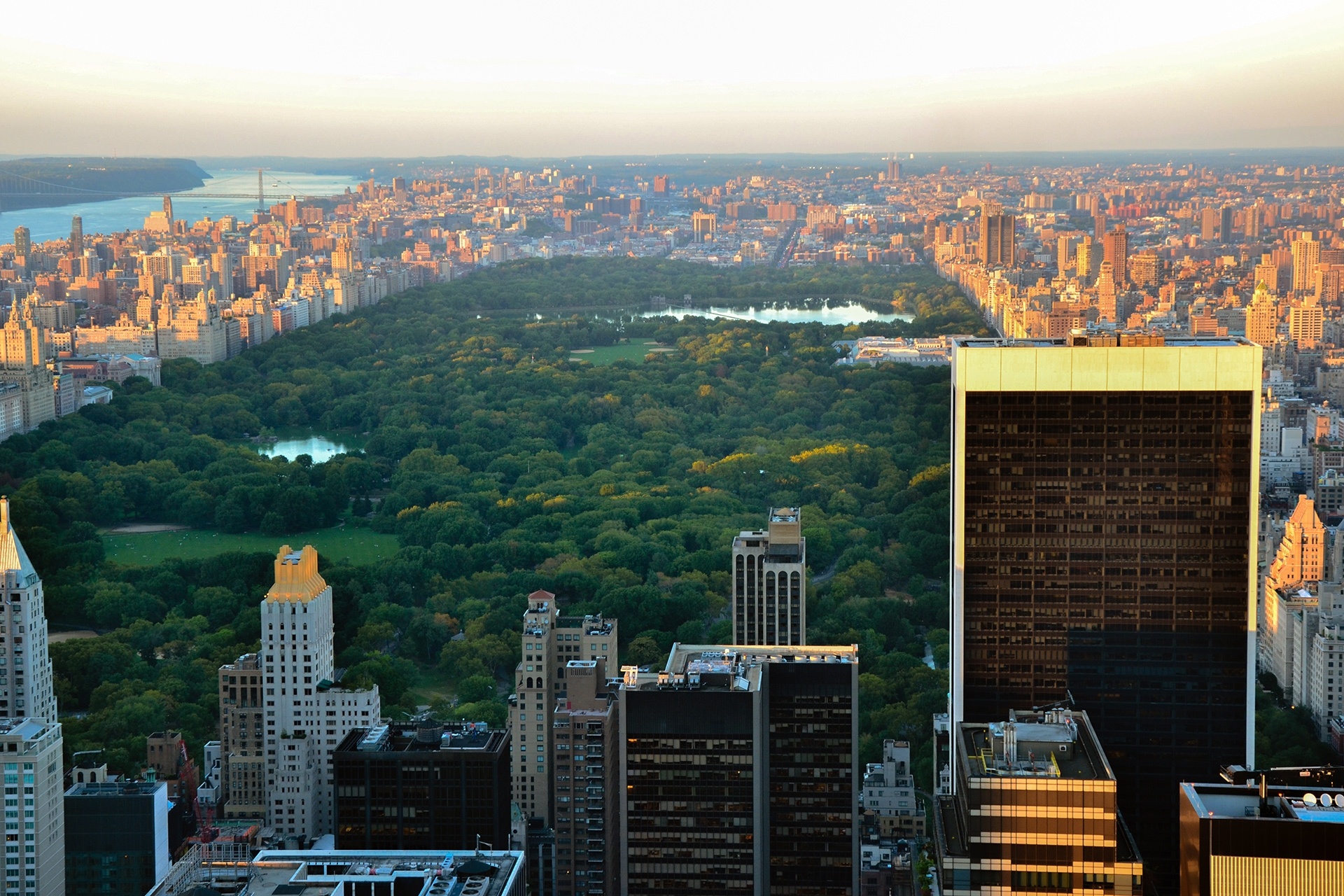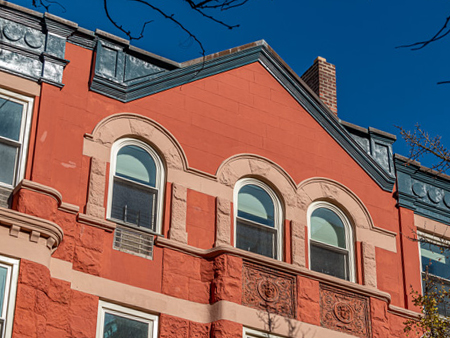As our awareness of natural resource limitations continues to grow, the advantages of sustainable building strategies and their incorporation into mixed-use designs becomes increasingly important. Mixed use design fosters integration and density with two or more residential, commercial, cultural institutional, and/or industrial uses. Efficient building strategies are those that make highly productive use of natural resources and drive benefits for the city and its inhabitants. What are some of these advantages?
Efficient Use of Space
Sustainable building design enhances efficiency in the use of energy, space and materials. For mixed use buildings, space efficiency is a key component in sustainable building strategies. The efficient use of space translates into saving energy and reducing waste over the lifecycle of a building.
Environmental Impacts
Sustainable building design optimizes energy performance and savings with the use of energy efficient equipment and utilizes design strategies to decrease reliance on heavy use power systems. This leads to a more efficient use of energy and reduces the impact on the environment. Mixed use buildings also promote walkability and help drive positive environmental impacts by reducing the carbon footprints in cities. With a greater variety of uses offered within a smaller footprint, people are more likely to explore on foot or via public transit versus exploring the area by cab or car.
Health Benefits
Smart growth strategies such as mixed-use development encourages pedestrian-friendly design. By building mixed use environments, this can help drive more active lifestyles, drive a greater sense of community and contribute to a greater sense of place. Sustainable building strategies also drive better environments for their inhabitants by maximizing natural light and providing increased air quality.
Social Stimulation
UCal Berkeley’s Professor of Urban Design Donald Appleyard’s lifetime of work pursued studies in the social and psychological effects of traffic and neighborhood layout as well as how to make cities and neighborhoods safe and livable. His research showed that the volume of traffic on a street affected the quality of life for residents in profound ways. People tended to rank their neighborhoods more favorably if they lived near transit corridors, sidewalks and activity.
Sustainability
All these qualities of mixed use landscapes add up to increased productivity, vitality, and variety in neighborhoods, with an increasing focus on driving sustainability. The sprawling suburban model that the advent of the automobile encouraged is simply no longer viable for much of the world (is this relevant?). Mixed use design considers the fact that the city is constantly in a state of flux and provides opportunities for innovation in sustainable building. By promoting health, economy, efficiency, productivity, sustainability, and the social interaction of its inhabitants, mixed use design provides more dynamic city life.
For more information on mixed use design and driving sustainable building strategies, please contact Scott Henson Architect.




